I need to display multiple charts in an SSRS-Report. With multiple charts i don't mean multiple series in one chart area - i mean for each value a new chart area with an own chart. I don't know if this is possible but i'll give it a try :).
The data source is a table containing multiple rows and columns. One column contains a value containing the material no. Now i need to create a new chart for each material no. in this data table. The whole thing should look like this:

The number in the brackets is the material no. As you see i need to create one own chart for each material no. Is this possible?
Important: The material no. can exist multiple times in the data table but only one chart should be displayed for one material no. The values which belong to the specific material no. will be aggregated
Update #1:
First a screenshot showing the data the data source returns:
 The expression for the hiding looks like this:
The expression for the hiding looks like this:
Table 1
=iif((RowNumber(Nothing) Mod 2) <> 0 AND (RowNumber(Nothing) Mod 3) <> 0, False, True)
Table 2
=iif((RowNumber(Nothing) Mod 2) = 0, False, True)
Table 3
=iif((RowNumber(Nothing) Mod 3) = 0, False, True)
Here is a screenshot of the three tables inside the report.

All three tables display the material no. They are all bound to the same data source with the row visibility expression posted aboth. The group expression for the row looks like this (typeMaterial is the column yieldTypeMaterial):


At the end, it results in this:
